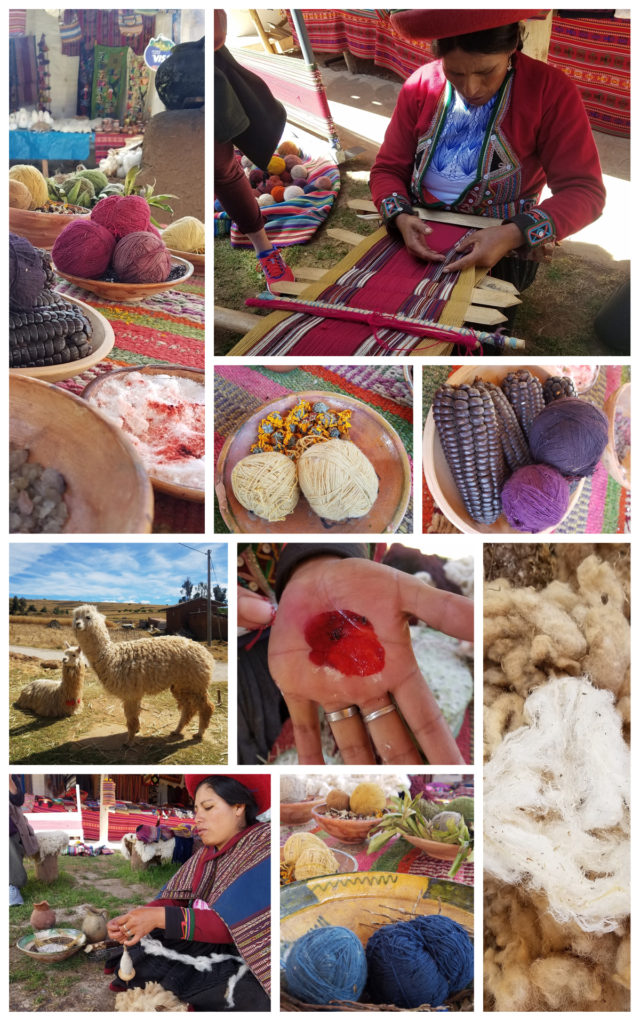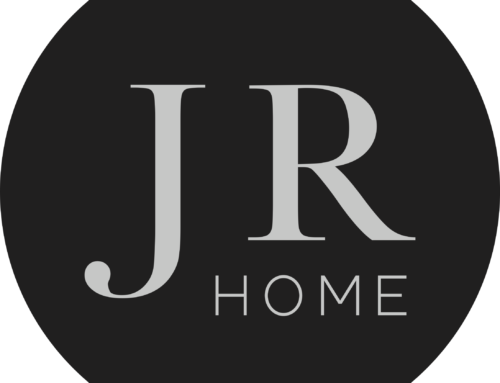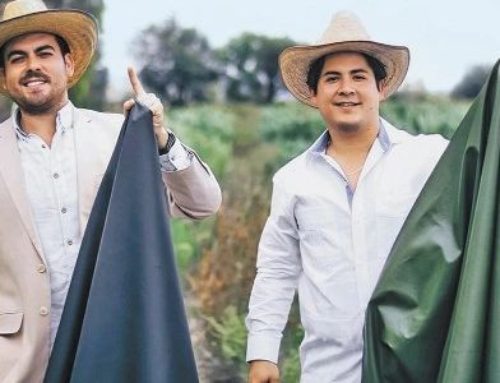Textile Farm in Peru
July 26, 2020 | Alden Miller Interiors, Design Lab
The word textile is an interior design vocab essential. It means any material used in or suitable for weaving; it also means any cloth or good produced by weaving, knitting, or felting. Using textiles in the design of our homes allows for sophisticated layering of pattern, color, and materiality. Investing in hand crafted textiles as pillows or window coverings in key areas provides lasting joy and a connection to an age-old art form.
Peru has a rich history of weaving colorful, gorgeous textiles; it has the longest history of textile production, going back over 10,000 years. As this culture, process, and generational knowledge are increasingly threatened by synthetic fabrics and dyes, it is important to highlight the old ways and techniques that result in these true, handmade products.
Since most of us are not traveling right now, let’s take a virtual trip to South America. The Chinchero District in Urubamba Province, Peru, is in the sacred valley of the Inca (elevation is 12,343!). This district is believed to be the birthplace of the rainbow pattern. The multitude of colors in a typical Peruvian textile is produced from natural ingredients, such as local flowers, roots, or leaves. AMI Senior Designer, Nate Lee, travelled to the Chinchero District and learned about its textile legacy.
The Incan method of make a colorful textile uses natural ingredients and traditional ways. Starting with alpaca wool, the raw material is cleaned or ‘shampooed.’ The shampoo comes from a local root, Sagta, and is made by grating a type of yucca roots and using the water from the root. Locals also literally use this as their shampoo. Once cleaned makers thread the wool using the spindle technique. Spun yarn is then boiled in different ingredients/recipes, salt is added to set the colors.
In order to achieve the familiar vibrant colors, different colors are made from natural products specific to that region (e.g., roots, flowers, leaves). The hue shades are determined by how long the ingredients are cooked. Examples of how colors are created in Chinchero:
· Green: leaves called Chilca
· Yellow: flowers called Qolle
· Purple: corn called Yana Sara
· Orange: moss from rocks called Qaqa Sunxja
· Red: scale insects that live in the stalk of prickly pears cactus called Cochineal
Once spun and dyed, the yarn is re-spun into yarn balls. Then they are ready for weaving into the familiar, vibrant blankets, tapestries, and clothes that are synonymous with the Peruvian people and history.






